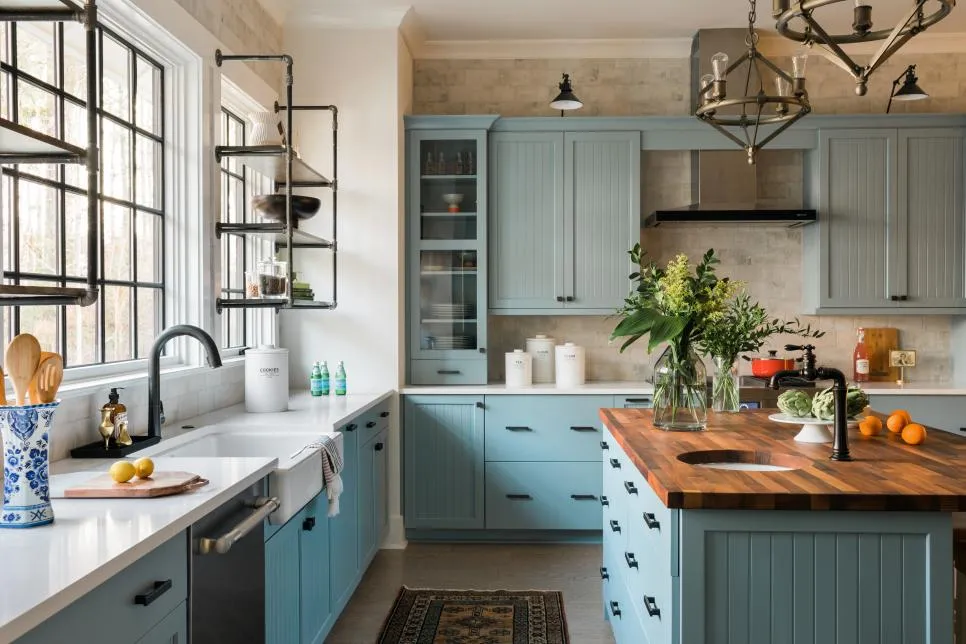Understanding Western Kitchen Decor
Western kitchen decor embodies a warm, inviting aesthetic that celebrates the rugged beauty and frontier spirit of the American West. It’s a style that often features natural materials, earthy tones, and handcrafted elements, creating a space that feels both comfortable and stylish. This design style is more than just a trend; it’s a reflection of a lifestyle, a tribute to the open spaces, and a connection to the rich history of the West. Whether you’re aiming for a full-scale remodel or just a few subtle updates, understanding the core principles of western decor is essential to achieving the desired look. This involves appreciating the use of specific materials, the importance of color palettes, and the integration of thematic accessories that capture the essence of the Wild West. Considering these elements will help you create a kitchen that feels both authentic and welcoming, a true heart of the home.
Key Elements of Western Kitchen Design
Several key elements define a western kitchen design, making it instantly recognizable and appealing. The style emphasizes natural materials like wood, stone, and brick. These materials bring texture and a connection to the earth, which is a hallmark of the western aesthetic. The color palette typically leans towards warm, earthy tones such as browns, reds, and tans, mirroring the landscapes of the West. Accessories play a crucial role in reinforcing the theme, incorporating elements like cowboy-themed decor and Native American art. Proper lighting and well-planned layouts also significantly contribute to the overall success of the design. By focusing on these specific areas, you can ensure that your kitchen reflects the authentic charm and character of western design.
Rustic Elements
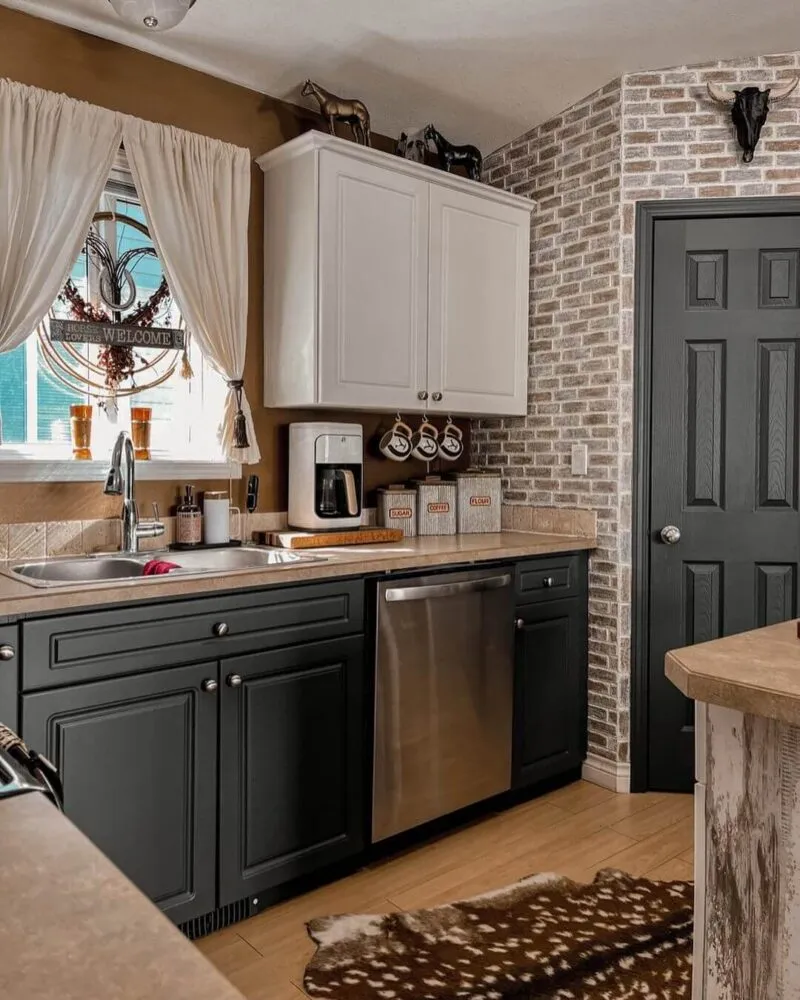
Rustic elements are fundamental to achieving the western kitchen look. This often involves incorporating distressed or reclaimed wood for cabinets, flooring, and even countertops. The imperfections and natural variations in the wood add character and authenticity, contributing to the overall warmth and inviting feel. Consider using roughly hewn beams or wood paneling on walls to emphasize the rustic charm. Another essential is the use of natural stone, such as granite or slate, for countertops or backsplashes. The goal is to evoke a sense of time-worn beauty and simplicity, creating a space that feels grounded and connected to nature. The strategic inclusion of rustic elements helps build a strong foundation for a truly authentic western kitchen.
Use of Wood
Wood is the cornerstone of western kitchen design, lending warmth, texture, and a sense of timelessness. The type of wood used can significantly impact the overall aesthetic. For example, knotty pine or reclaimed barn wood can evoke a rustic and rugged feel, while oak or maple offers a slightly more refined but still natural look. Wood can be incorporated in various ways, from cabinetry and flooring to exposed beams and decorative accents. Consider using wood for the kitchen island, perhaps with a butcher block top, to create a focal point. The key is to embrace the natural beauty of the wood, allowing its grain and imperfections to shine. Proper finishing techniques, such as staining or waxing, can enhance the wood’s appearance and protect it from wear and tear.
Stone and Brick Accents
Stone and brick accents add depth, texture, and a connection to the land, essential components of the western aesthetic. A stone backsplash or a brick accent wall can dramatically transform the space, giving it a sense of history and durability. Consider using natural stone countertops, such as granite or slate, for a practical and visually appealing surface. Brick can also be incorporated into the flooring or used to create a rustic-style fireplace. The strategic use of these materials provides a contrast to the wood elements, creating visual interest and enriching the overall design. Make sure to choose colors and textures that complement the other materials in the kitchen, ensuring a cohesive and harmonious look. These features make the kitchen feel both grounded and enduring.
Color Palette for Western Kitchens
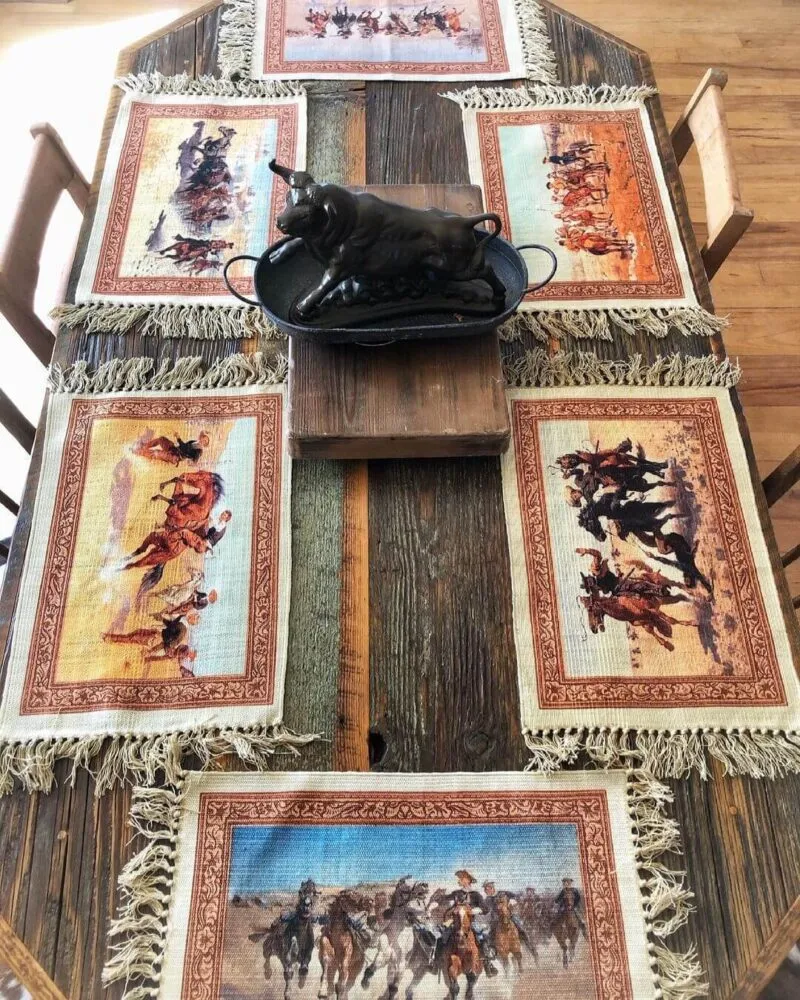
The color palette is central to the western kitchen design, setting the mood and defining the space. A warm, earthy palette creates a welcoming and cozy atmosphere, reminiscent of the landscapes of the American West. The key is to use colors that evoke nature, such as browns, reds, tans, and muted greens. These colors can be used on walls, cabinetry, and even appliances. The use of these shades helps to tie all the design elements together, creating a cohesive and visually appealing space. Avoiding overly bright or modern colors will help to maintain the authenticity of the western style. The right color palette contributes greatly to the kitchen’s inviting and comfortable ambiance.
Earthy Tones
Earthy tones form the foundation of any western kitchen design. These colors, inspired by the natural landscape, create a sense of warmth and comfort. Consider using shades of brown, ranging from light tans to deep chocolate browns, for the walls, cabinetry, or flooring. Incorporate accents of red, terracotta, and burnt orange, reminiscent of the desert sunsets and canyon walls. Muted greens, borrowed from the sagebrush and juniper trees, can also be added to the mix. The interplay of these earthy tones will evoke a sense of groundedness and connection to nature, central to the western aesthetic. The strategic placement of these colors provides a visually appealing and harmonious design.
Warm Colors
Warm colors play a vital role in creating a welcoming and inviting western kitchen. These hues, such as deep reds, oranges, and yellows, add vibrancy and energy to the space. Use them sparingly but strategically, for instance, in accent walls, throw pillows, or decorative accessories. Consider incorporating a rich, rusty red for an accent wall or using terracotta tiles on the backsplash. The key is to balance these warmer tones with the more neutral earthy colors. A good mix of warm and earthy tones creates a sense of balance. These warm colors enhance the kitchen’s cozy and inviting atmosphere, providing a welcoming space for both cooking and gathering.
Incorporating Western Themed Accessories
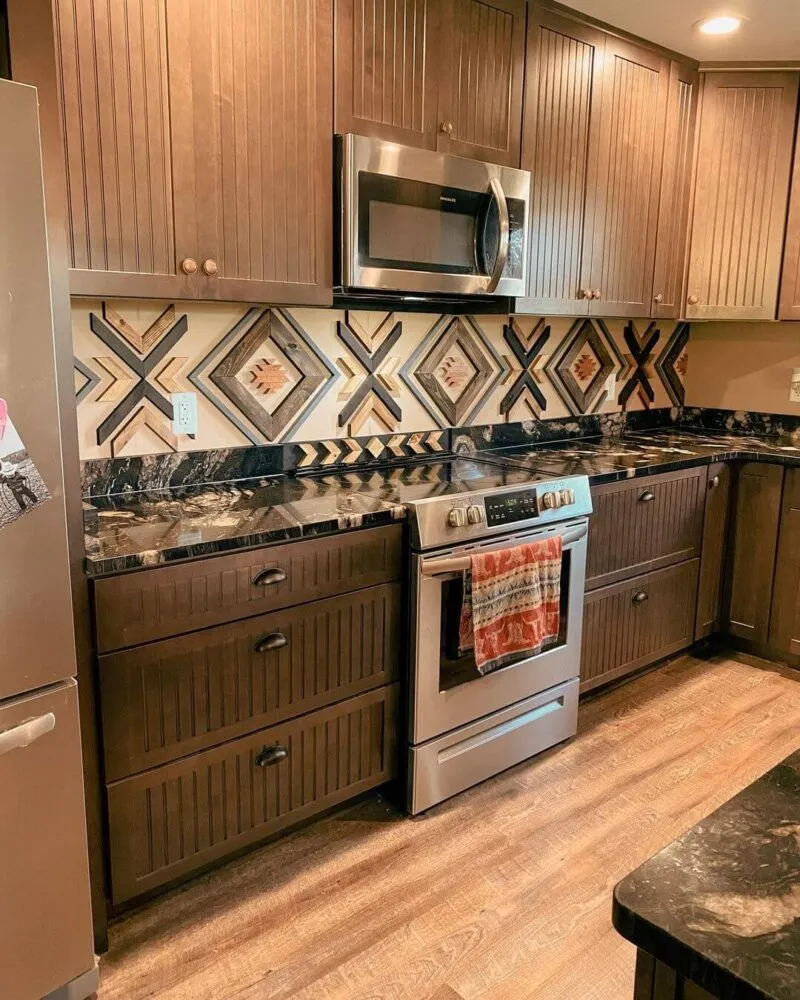
Accessories are essential for bringing the western theme to life. These accents add personality and character, enriching the overall design. The choice of accessories will depend on your personal preferences, but several options can effectively capture the essence of the Wild West. From cowboy-themed items to Native American art, the inclusion of these pieces will define the style. They are the finishing touches that make the kitchen feel authentically western, creating a cohesive and themed design. Considering these elements will help you create a kitchen that feels both authentic and welcoming, a true heart of the home.
Cowboy Decor
Cowboy-themed decor is an iconic element of western kitchen design. This includes items like rustic metal signs, cowboy hats, and leather accents. Consider incorporating elements such as a decorative horseshoe or a vintage wagon wheel. You could also add leather bar stools or a leather-trimmed kitchen island. Choosing cowboy-themed accessories adds personality and a sense of fun. Displaying these items throughout the kitchen reinforces the western theme, making it clear and distinct. The use of cowboy-themed decor provides a bold and inviting look.
Native American Art
Native American art can bring cultural depth and aesthetic appeal to your western kitchen design. Consider incorporating pieces such as handmade pottery, woven textiles, or paintings with southwestern motifs. Displaying these elements adds a touch of history and artistic beauty. Choose pieces that complement the overall color palette and design of your kitchen. Using Native American art in your decor will create a visual focal point and add a meaningful touch to your design. These artistic expressions of culture will set the tone and reflect the history of the American West.
Lighting and Fixtures
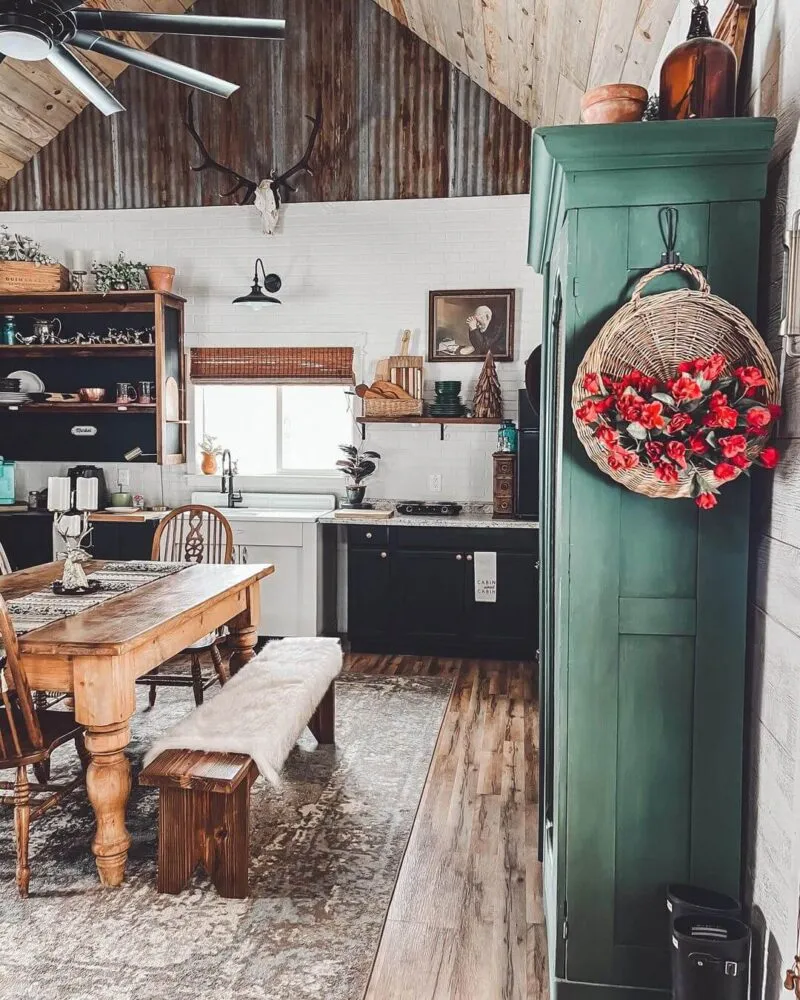
Lighting plays a crucial role in setting the mood and enhancing the western kitchen aesthetic. The right lighting can create a warm, inviting atmosphere, highlighting the natural materials and textures. Proper lighting can also contribute to the functionality and overall appeal of the space. The choice of fixtures and how they are placed will define the tone. By carefully considering your lighting options, you can create a kitchen that is both beautiful and practical, a perfect blend of form and function. The goal is to choose fixtures that complement the overall design while providing sufficient illumination.
Choosing the Right Lighting
When selecting lighting, consider a mix of ambient, task, and accent lighting. Ambient lighting provides general illumination, while task lighting is focused on areas like countertops and the kitchen island. Accent lighting is used to highlight specific features, such as artwork or architectural details. Choose warm-toned bulbs to create a welcoming atmosphere. Opt for fixtures that reflect the western theme, such as wrought iron chandeliers or pendant lights with rustic finishes. The placement of the lights is crucial; make sure to provide sufficient light in all work areas and avoid harsh shadows. These details will set the desired mood.
Fixture Styles
Fixture styles should align with the overall western aesthetic. Consider using wrought iron chandeliers or pendant lights with rustic metal finishes. Other options include mason jar pendant lights or lanterns, which add a touch of vintage charm. The style you choose should complement the other design elements in your kitchen. Make sure to choose fixtures that are appropriate for the size and layout of your kitchen. Paying attention to the details of the fixtures and their design will create the perfect setting.
Layout and Functionality
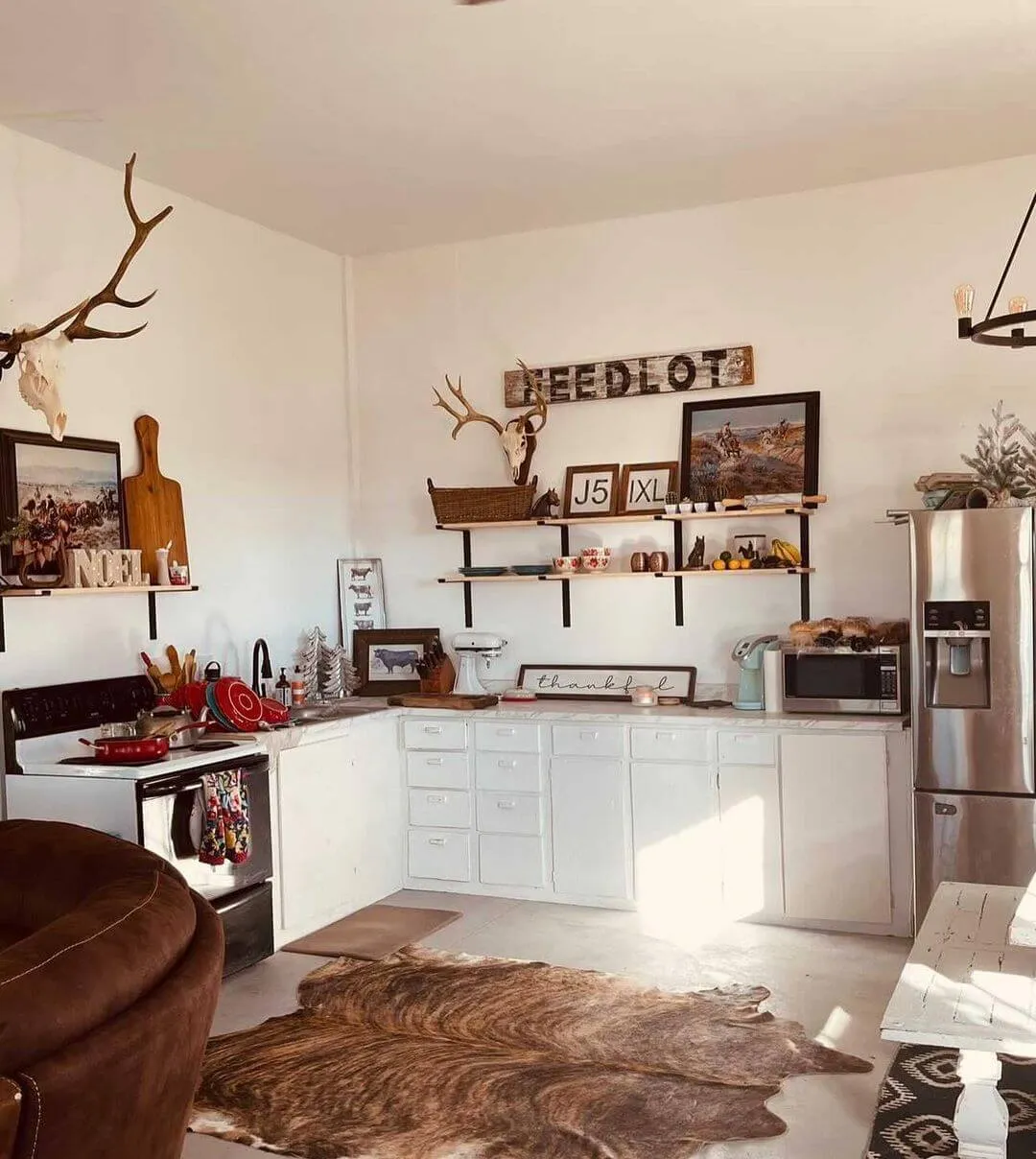
While aesthetics are important, functionality is a core consideration in kitchen design. The layout of the kitchen should be designed to optimize the available space and make it easy to navigate and use. Proper planning will ensure that your kitchen is not only beautiful but also practical, making it a pleasure to cook and spend time in. Consider your lifestyle, how you use the kitchen, and the amount of storage space you need. Focusing on these elements will result in a functional and aesthetically pleasing kitchen.
Optimizing Kitchen Space
Maximize your kitchen space by incorporating efficient storage solutions and a well-organized layout. Consider adding pull-out shelves, deep drawers, and pantry organizers. A well-designed kitchen can accommodate all your needs. Ensure that the work triangle (the space between the sink, stove, and refrigerator) is efficient and ergonomic. The design of the kitchen should include adequate counter space. The goal is to create a kitchen that feels open, airy, and easy to use.
Kitchen Island Ideas
A kitchen island can be a focal point of a western kitchen. It is a great way to add extra counter space, storage, and seating. Consider incorporating a butcher block countertop or a rustic wooden base for your island. You can also add a farmhouse sink, creating a functional workspace. The island can be designed to incorporate western elements, such as wrought iron accents or a distressed finish. Proper planning and design will lead to the perfect look.
Tips for a Successful Western Kitchen Transformation
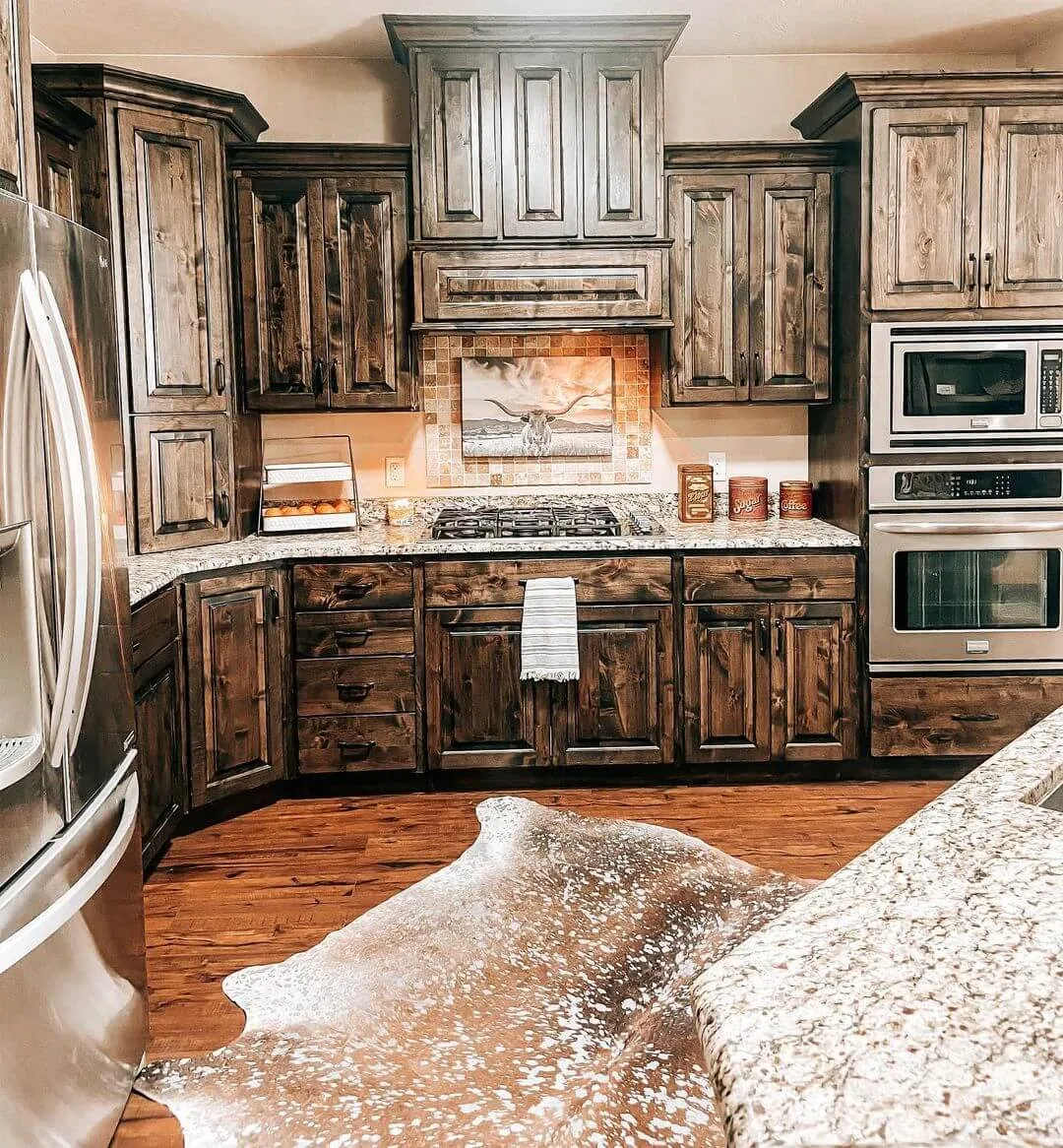
Transforming your kitchen into a western-inspired space involves careful planning and execution. Start by defining your desired style and gathering inspiration. Create a budget, and stick to it. Choose materials and finishes that align with your vision. If you are not doing a complete remodel, consider starting with small changes, such as adding accessories or painting the walls. Prioritize functionality and layout. If you are unsure about any aspect, consult with a professional. Patience and attention to detail are essential for achieving a successful transformation. Following these tips will lead to a satisfying and visually appealing kitchen.
- Start with a Clear Vision
- Set a Realistic Budget
- Choose High-Quality Materials
- Focus on Functionality
- Incorporate Authentic Accessories
- Consider Professional Help
